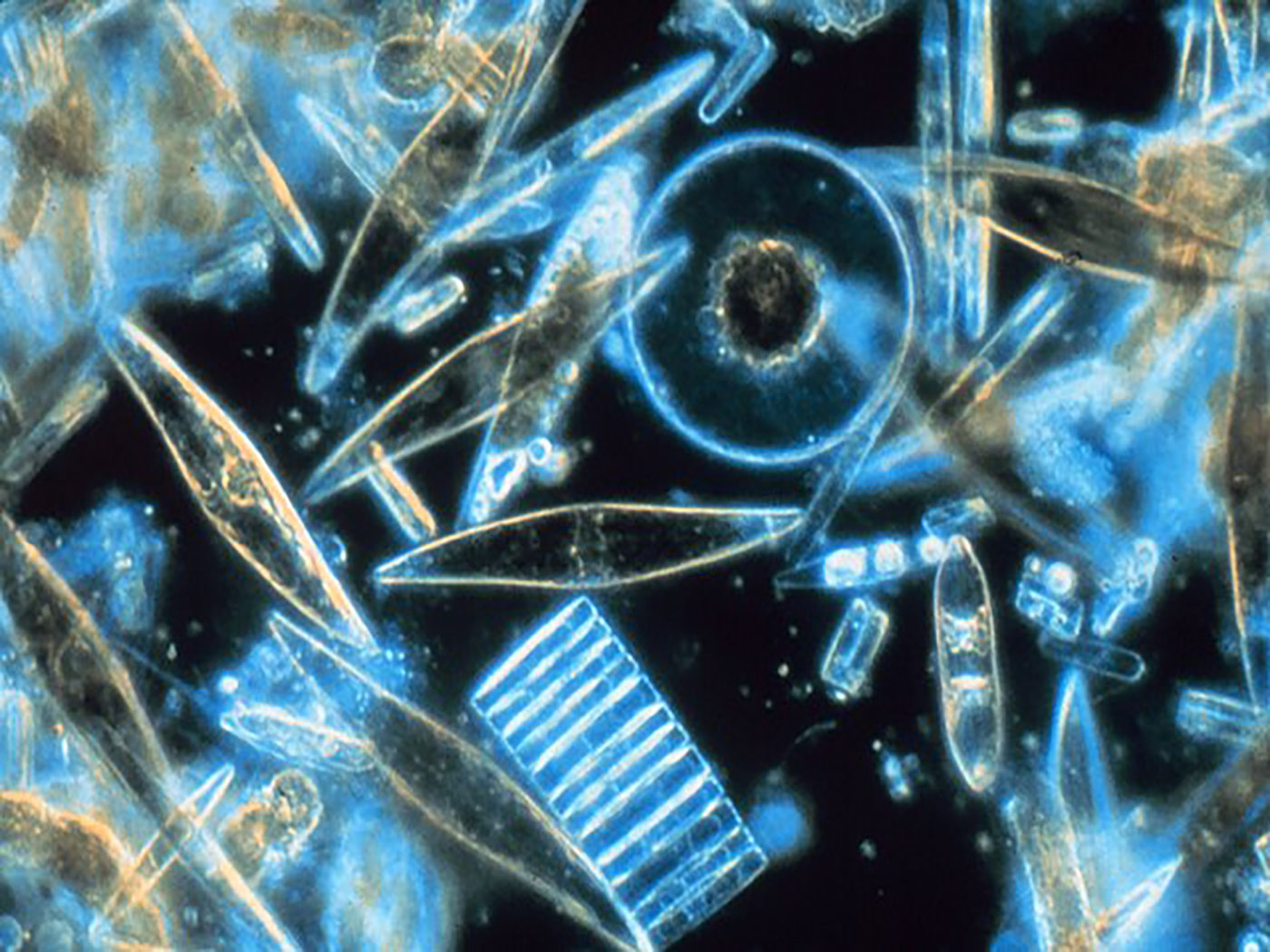The popular notion that humans evolved from ape-like ancestors took several heavy hits this past year—both from secular and creation-friendly research—confirming that God created man in His image according to Genesis. Three major pillars supporting a human-chimp link crashed in 2013.
The foundation for those pillars started shaking when one set of researchers analyzed patterns of recombination in chimpanzees and compared them to humans.1 Recombination occurs when developing sex cells cut and paste sections of chromosomes. Based on evolutionary models, scientists traditionally assumed that recombination’s mixing and re-matching occurred in non-essential places on chromosomes—places where human and chimp DNA coding differs.
But the new study actually showed that recombination occurs right where genetic sequences between the two species are similar—the opposite of what evolutionary reasoning expected. How could this process have produced genetic differences if it operates where the DNA look the most alike?1
Further foundation-shaking occurred when another report found that epigenetic patterns on human DNA were more similar to gorillas and orangutans than to chimpanzees—completely counter to the evolutionary model.2 These epigenetic patterns help regulate DNA activity. If humans and chimps share ancestry, they should share characteristic genetic and epigenetic features, but they don’t.
Finally, when a new, more direct comparison of chimpanzee and human genomes revealed that they are not 98 percent but only about 70 percent similar, the first major pillar supporting a link between the species toppled.3
The beta-globin pseudogene was the second pillar to crumble this year, with new research results showing exactly why it can no longer be used to support the supposed human-chimp connection.4 Evolutionists long ago misnamed it a “pseudo” or “false” gene based on the belief that it was broken. Nature-only proponents argued that since both species have the same purportedly broken gene, it could only be a genetic relic from a common ancestor. That was before the 2013 study revealed its usefulness.5 Cells often access this highly functional beta-globin gene for the regulatory RNAs that it encodes; therefore, both human and chimp cells are using the beta-globin pseudogene for the same well-designed purpose.
Debunking the third and last major pillar involved refuting the longstanding suggestion that human chromosome 2 has a fusion site—supposedly a genetic scar that marks where two ancestral chromosomes fused into one. This allegedly explained why the chimpanzee genome has one more chromosome than humans. However, a new analysis found none of the expected tell-tale signs of fusion.6
The relevant site on human chromosome 2 should show much more genetic gibberish—the patchwork remnants of some ancient chromosomal collision. Instead, the region encodes a functional feature within an important gene.7
All three key genetic pillars of human evolution turned out to be specious—overstatements based on ignorance of genetic function. The assertion of 98 percent genetic identity was wrong; the beta-globin pseudogene is actually an important regulatory gene; and the supposed chromosome 2 fusion site was never more than evolutionary beliefs backfilling a lack of data.
Results from 2013’s genetic research annihilated the idea that chimps and humans shared any kind of ancestor and soundly support the biblical alternative that God made man in His image. What will we discover in 2014?
References
- Tomkins, J. Genetic Recombination Study Defies Human-Chimp Evolution. Creation Science Update. Posted on icr.org May 31, 2013, accessed December 9, 2013.
- Tomkins, J. Epigenetic Study Produces 'Backwards' Human-Ape Tree. Creation Science Update. Posted on icr.org August 16, 2013, accessed December 9, 2013.
- Tomkins, J. P. 2013. Comprehensive Analysis of Chimpanzee and Human Chromosomes Reveals Average DNA Similarity of 70%. Answers Research Journal. 6 (2013): 63-69.
- Tomkins, J. Beta-Globin Pseudogene Is Functional After All. Creation Science Update. Posted on icr.org April 12, 2013, accessed December 9, 2013.
- Tomkins, J. P. 2013. The Human Beta-Globin Pseudogene Is Non-Variable and Functional. Answers Research Journal. 6 (2013): 293-301.
- Tomkins, J. P. 2013. Alleged Human Chromosome 2 “Fusion Site” Encodes an Active DNA Binding Domain Inside a Complex and Highly Expressed Gene—Negating Fusion. Answers Research Journal. 6 (2013): 367-375.
- Tomkins, J. 2012. New Research Debunks Human Chromosome Fusion. Acts & Facts. 42 (12): 9.
* Mr. Thomas is Science Writer at the Institute for Creation Research.
Article posted on December 20, 2013.













